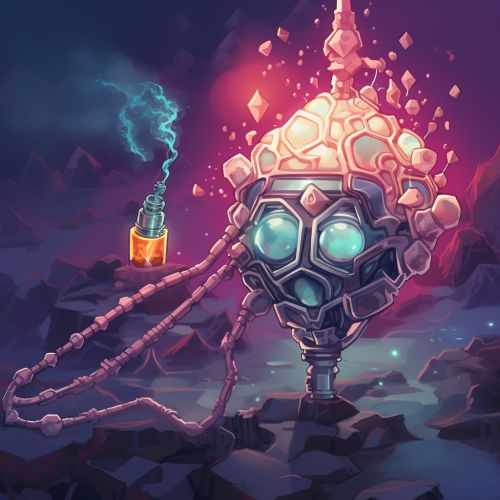Endocrine disruptors
Introduction
Endocrine disruptors are chemicals that can interfere with the endocrine system in both humans and wildlife. These substances can cause adverse developmental, reproductive, neurological, and immune effects. They can be found in many everyday products, including plastic bottles, metal food cans, detergents, flame retardants, food, toys, cosmetics, and pesticides.


Classification
Endocrine disruptors can be classified into two categories: natural and synthetic. Natural endocrine disruptors are naturally occurring substances, often found in human and animal food. Synthetic endocrine disruptors are man-made and are often found in various industrial and consumer products.
Mechanism of Action
Endocrine disruptors work by mimicking or partly mimicking naturally occurring hormones in the body like estrogens, androgens, and thyroid hormones. This can overstimulate, block or otherwise alter the body's normal functions. They can also bind to a receptor within a cell and block the endogenous hormone from binding, which leads to a decrease in the normal function.


Health Effects
Exposure to endocrine disruptors can lead to a variety of health effects. These include developmental malformations, interference with reproduction, increased cancer risk, and disturbances in the immune and nervous system function.
Environmental Impact
Endocrine disruptors can also have a significant impact on the environment. They can affect the reproductive systems of wildlife, leading to population declines and changes in behavior. They can also affect the growth and development of aquatic organisms.


Regulation and Policy
Regulation of endocrine disruptors varies widely by country. In the United States, the EPA and the FDA are primarily responsible for regulating these substances. In the European Union, the ECHA and the EFSA are responsible for regulation.
Future Research
Future research on endocrine disruptors will focus on understanding the complex interactions between these chemicals and the endocrine system. This includes studying the effects of low-dose exposure, the effects of exposure during critical developmental periods, and the potential for transgenerational effects.


